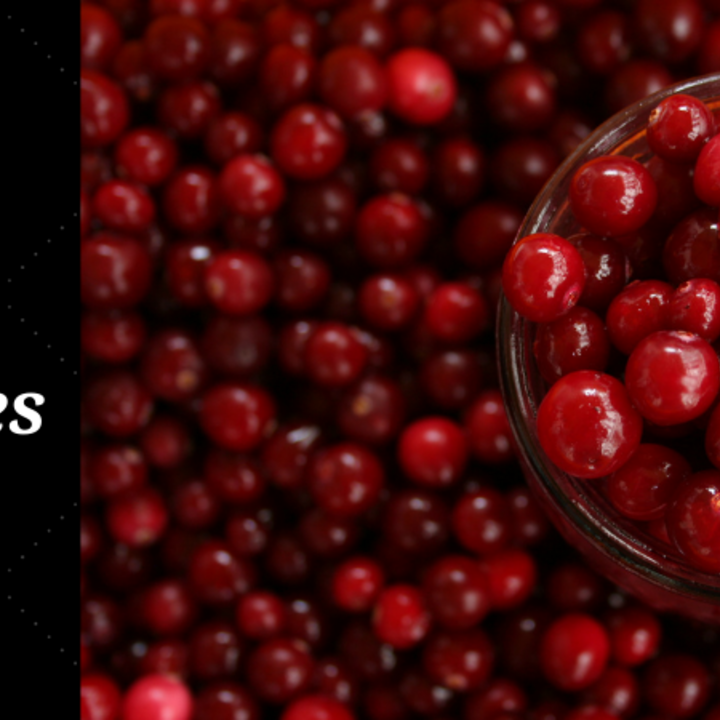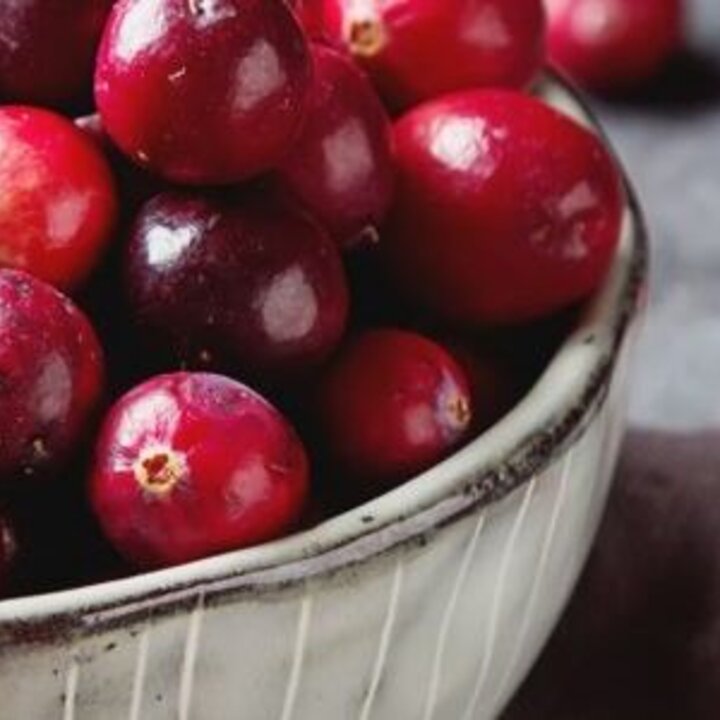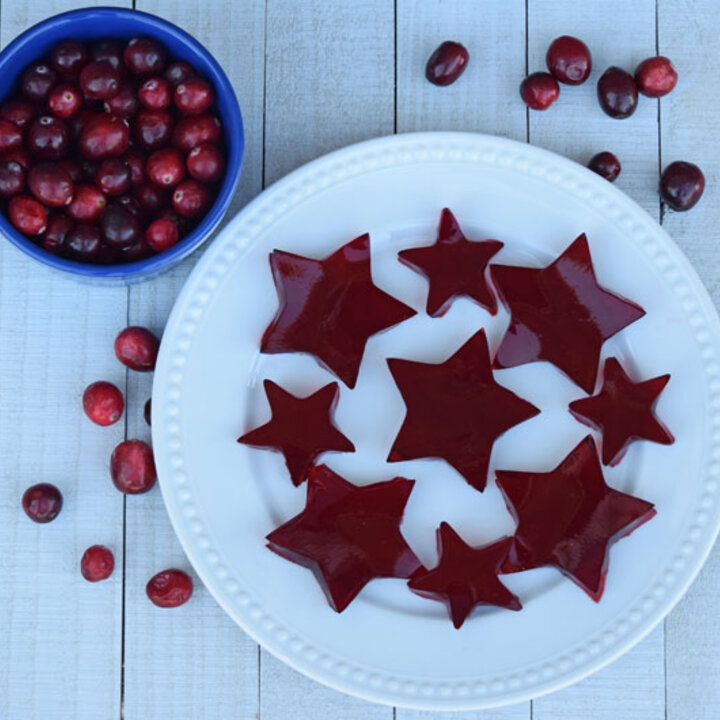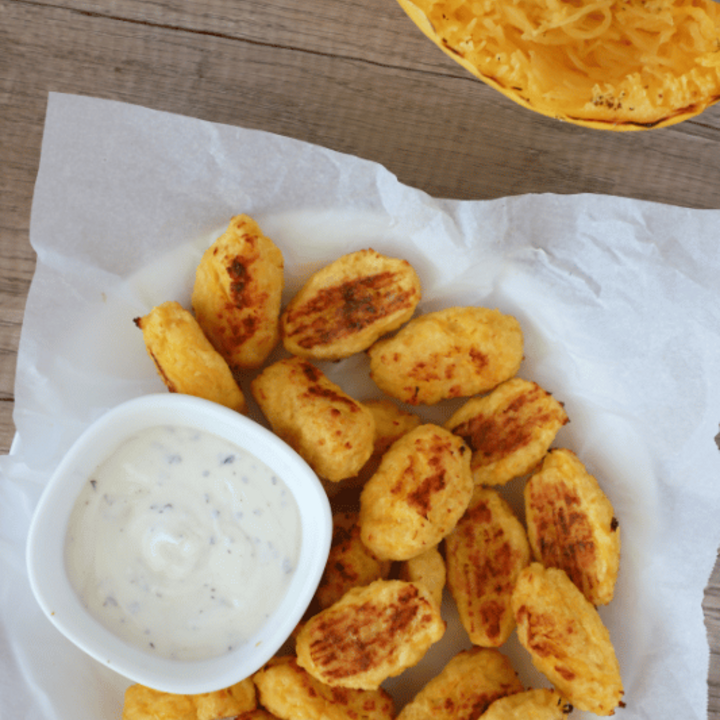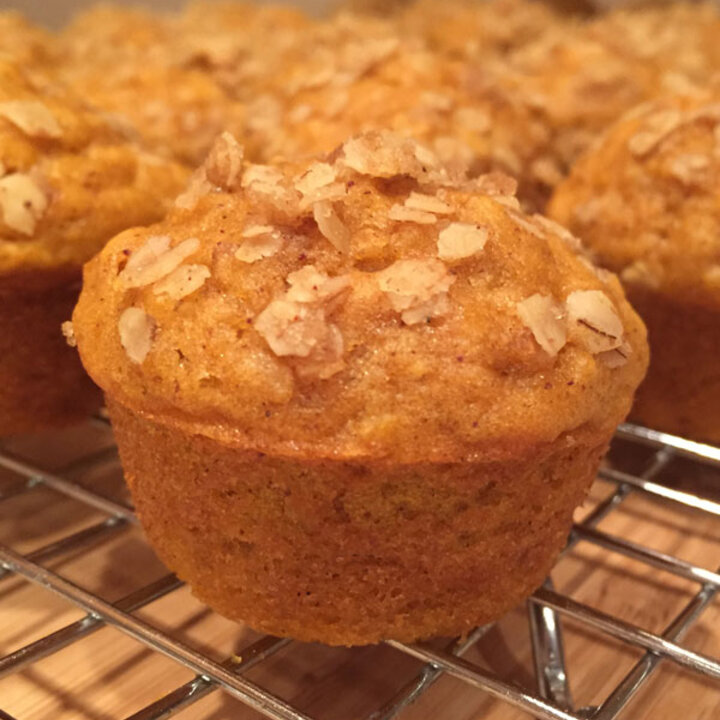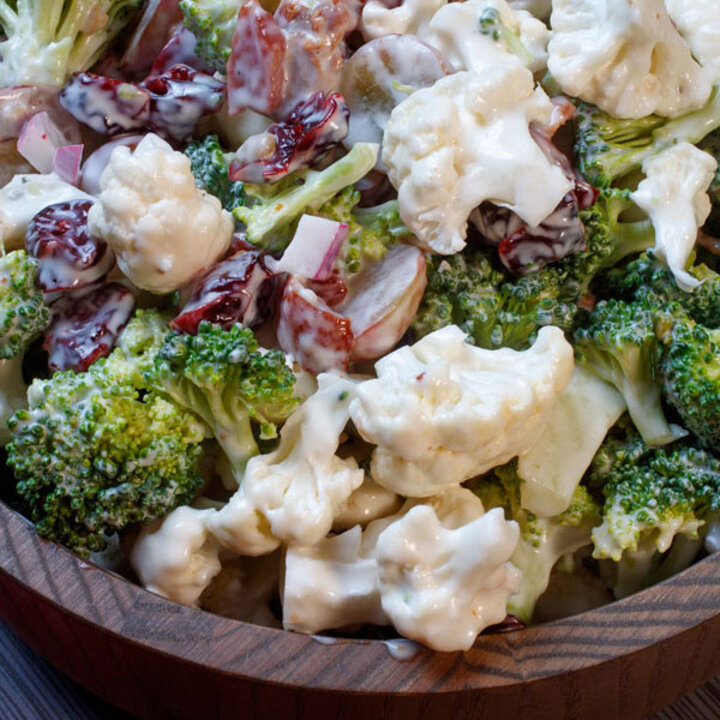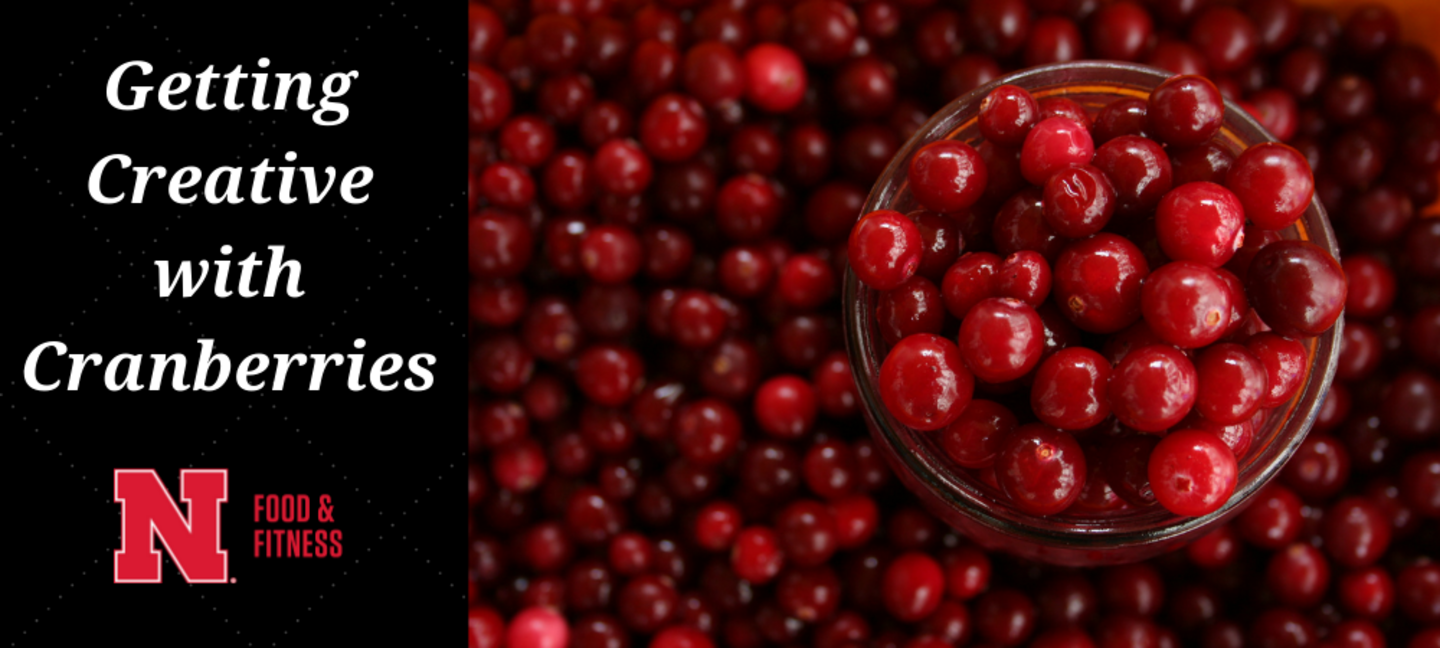
Cranberries can add color, refreshing taste, and nutrients to foods and beverages. Available in many convenient forms, from fresh or dried to juices and sauces, cranberries are an ingredient you can use throughout the year. October is National Cranberry Month, and you can add fresh cranberries to breakfast breads, toss dried cranberries into a salad, or mix up a refreshing beverage with one of the many forms of cranberry juice. Check out the following tips and information on buying, storing, and adding cranberries to a healthful eating plan in new and delicious ways.
Tips for Getting Creative with Cranberries:
- Nutrition and health. Cranberries are fat-free, cholesterol-free, sodium-free, and a good source of Vitamin C and fiber. Cranberries are thought to provide health benefits because of their flavonoid and phytonutrient content. These naturally occurring compounds have antioxidant and antimicrobial benefits, including reducing the risk of urinary tract infections. They have also been shown to promote cardiovascular health by reducing low-density lipoprotein-oxidation (bad cholesterol), maintaining or improving high-density lipoprotein levels (good cholesterol), and improving vascular function.
- Forms and availability. The peak harvest season for fresh cranberries is October through December. Sometimes fresh cranberries can be found in the freezer section near the end of their season. Cranberry juice, sauce and dried cranberries can be found in grocery stores year round.
- Selection and Storage tips. Choose fresh cranberries that are full, plump, firm and dark red or yellowish-red. Avoid cranberries that are soft, shriveled, or have brown spots. For freshness and quality, fresh cranberries should be consumed within two months if refrigerated from the date of purchase and 12 months if frozen from the date of purchase (sealed in an airtight container). Cranberries freeze well, either whole or sliced.
- Cooking with cranberries. Shortly before use, rinse fresh or frozen cranberries under cold running water and throw out any that are shriveled or bruised. Cranberries are good for both cooking and eating raw. If raw cranberries are too tart, cook them before eating. One method is to cook them in a pot of water for 10 minutes on medium heat or until the cranberries pop. If cooked longer, they will taste bitter.
- Getting culinary with cranberries. Cranberries are versatile and can be combined with many other flavors. Try mixing cranberry juice with other juices such as apple, orange or grape. Dried cranberries can be added to nuts, trail mix, granola, oatmeal, or even chicken salad. Fresh or dried cranberries work well in quick breads such as muffins, sweet breads, and yeast breads. These berries also work well in pies, cobblers, chutneys, salsas, and relishes.
Check out the U.S. Cranberry Marketing Committee website, which includes many healthy cranberry recipes.
Updated August 2021
Sources:
Armstrong, H. and Armstrong, C. (2019). Ways to Use Cranberries. University of Maine Cooperative Extension. Accessed at: http://umaine.edu/cranberries/ways-to-use-cranberries/
The Cranberry Marketing Committee. Cranberry Recipes. Accessed at: https://www.uscranberries.com/recipes/
Zepp, M. (2018). Preserving Cranberries. PennState Extension. Accessed at: https://extension.psu.edu/preserving-cranberries
Massachusetts Cranberries. The Cranberry: Health Benefits. Accessed at: https://www.cranberries.org/health-benefits
- FoodSafety.gov. Cranberries.
